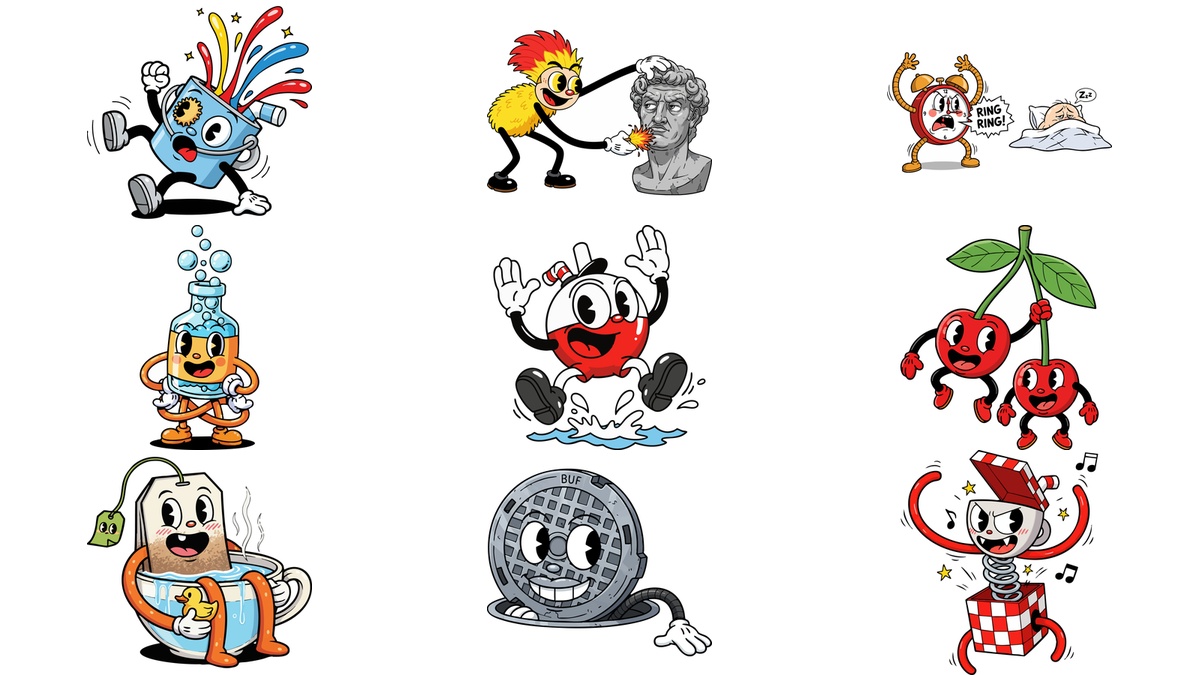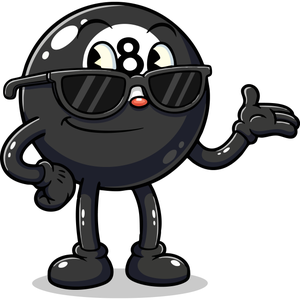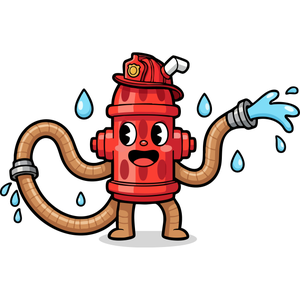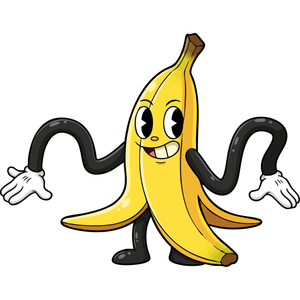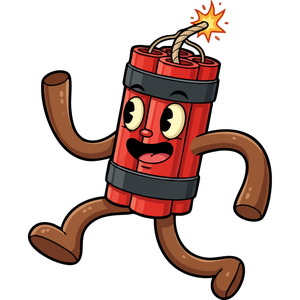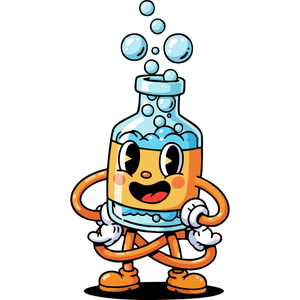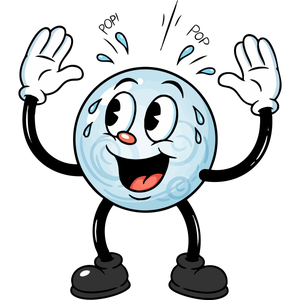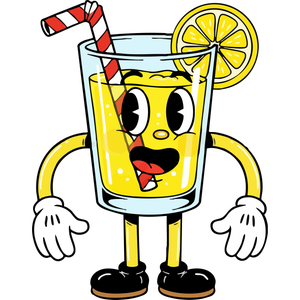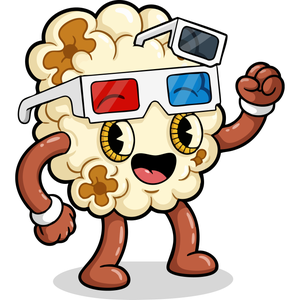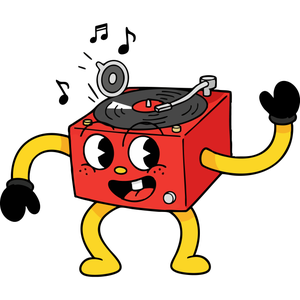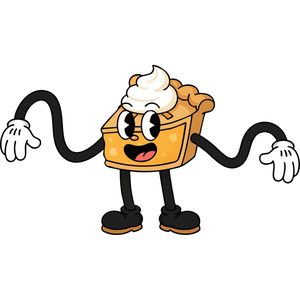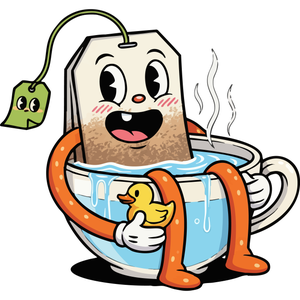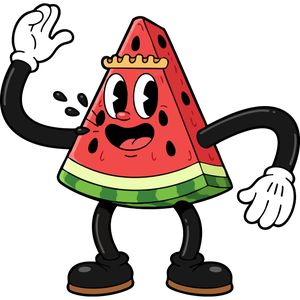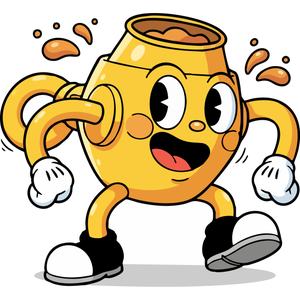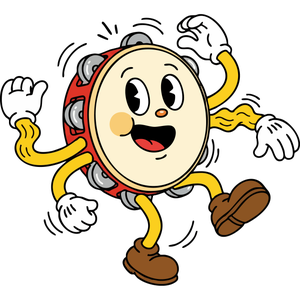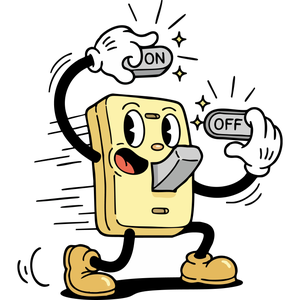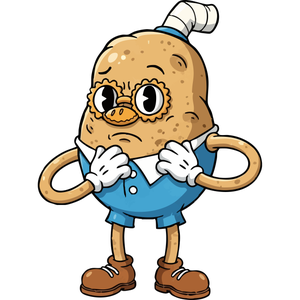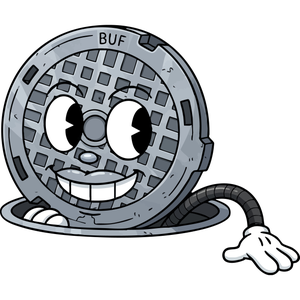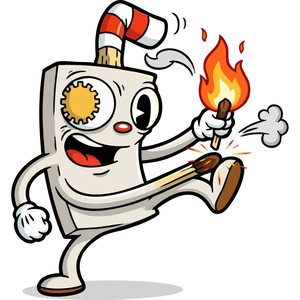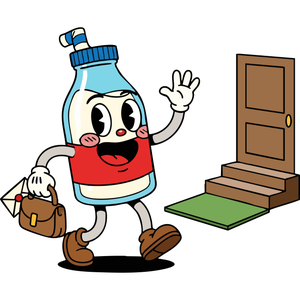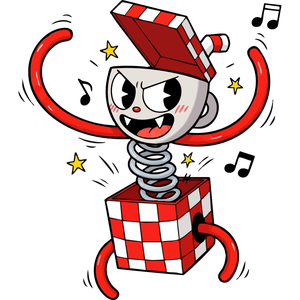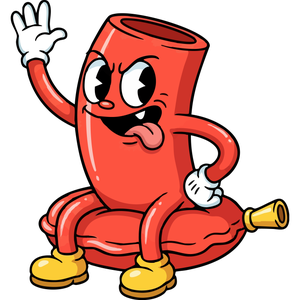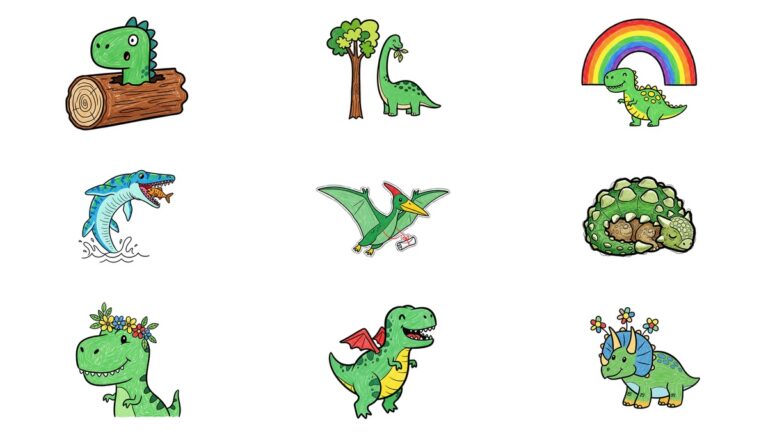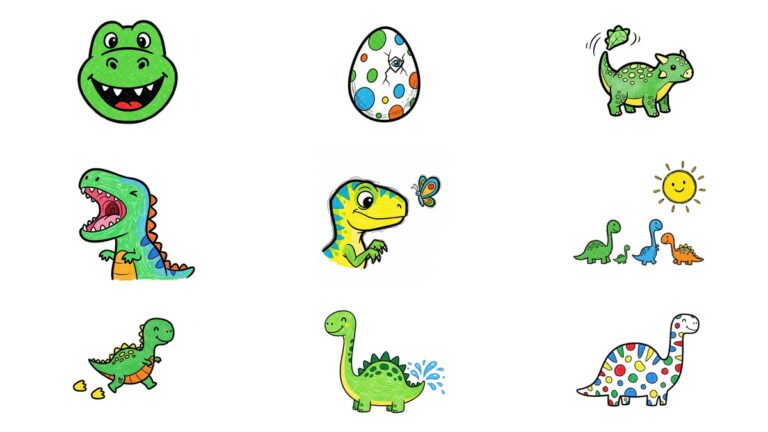An Animated Journey to the 1920s: What Is Rubber Hose Style?
Rubber hose is a charming and iconic style that originated in the golden age of American animation in the 1920s. As the name suggests, its most defining characteristic is that characters’ limbs bend and stretch freely as if they were boneless ‘rubber hoses.’ This style maximized the fun of movement and rhythm over realistic expression, breathing life and joy into early animation.
Part 3: A Tale of Two Studios – Disney’s Order vs. Fleischer’s Chaos
The golden age of American animation in the 1920s and 30s can be summarized by the rivalry of two giants: Walt Disney, who pursued order and emotion in Hollywood on the West Coast, and Max Fleischer, who experimented with chaos and surrealism in New York on the East Coast. The contrasting philosophies and styles of these two studios formed the two great pillars of the rubber hose era, enriching the art of animation.
The West Coast Dream: Walt Disney and the Pursuit of Character Personality
Walt Disney’s early career began with the series, which combined live-action and animation, but his goal was to create films made entirely of animation. The first star to make that dream a reality was. Disney and his colleague Ub Iwerks sought to differentiate Oswald from previous one-dimensional characters. They defined Oswald as “peppy, alert, saucy, and venturesome,” pioneering the concept of ‘Personality Animation,’ which reveals character not just through design but through movement and action.Oswald followed the typical physics of the rubber hose style, such as detaching his foot for good luck and reattaching it , but Disney was already attempting to incorporate live-action filmmaking techniques into animation during this period. His efforts to add realism and emotional depth to cartoons by mimicking various camera angles and editing methods foreshadowed Disney’s future direction of moving away from the rubber hose style and towards realism.
New York’s Passion: Max Fleischer’s Surrealist Playground
The New York-based Fleischer Studios took a path completely opposite to Disney’s. Max Fleischer and his brother Dave were pioneers of technological innovation. Max invented the Rotoscoping technique, which involved projecting live-action film frame by frame and tracing over it, giving characters like remarkably realistic movement. He also developed the ‘Stereoptical Process,’ which created a sense of depth by combining 2D characters with actual 3D model backgrounds, never ceasing his visual experiments.
The world of Fleischer Studios was deeply rooted in the Jazz Age culture of New York. Their animations were unpredictable, chaotic, and often filled with adult-oriented humor, sexual innuendo, and surreal imagery. As seen in series like or the early shorts, their works were not well-structured narratives but a continuous series of bizarre and fantastical transformations that seemed to follow the logic of a dream.
The geographical locations of these two studios were not just a matter of address. Fleischer’s work was infused with the energy of New York’s bustling, multicultural Jazz Age, while Disney’s work, in the more optimistic and industrialized atmosphere of Hollywood, aimed for universal narratives. This marked the beginning of two major currents engraved in the DNA of American animation: New York’s ‘surrealism’ and Hollywood’s ‘narrativism.’
[ Ad code will be inserted here ]

